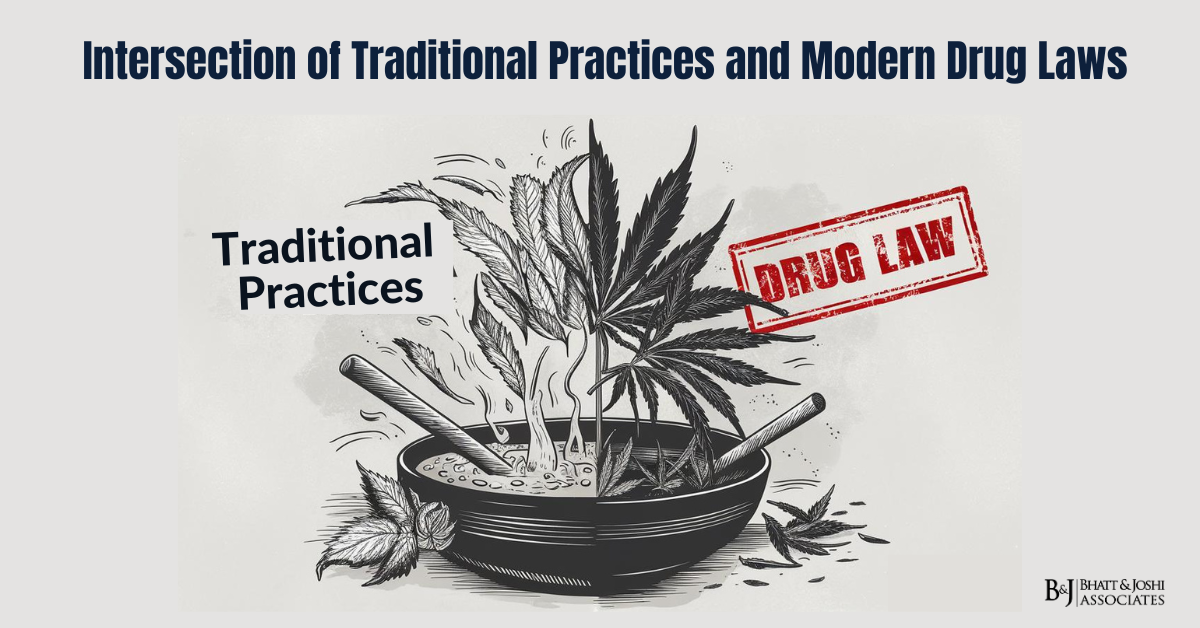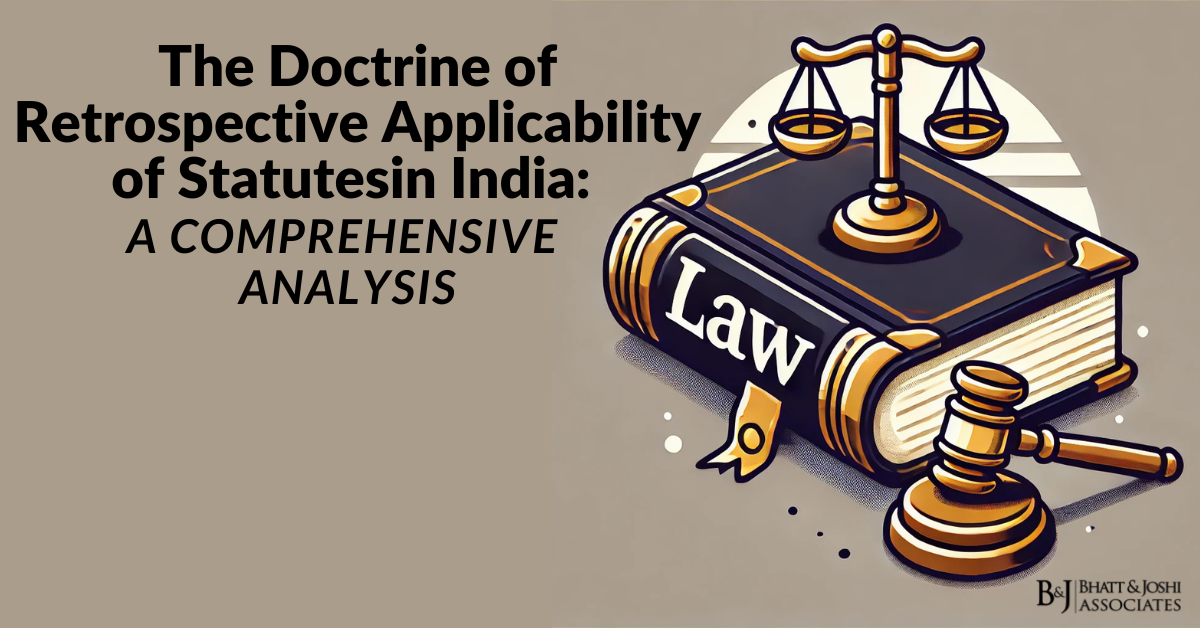
Introduction
The interaction between traditional practices and modern drug laws is a multifaceted issue that highlights the tension between cultural heritage and contemporary legal frameworks. Traditional practices involving the use of natural substances have existed for centuries across various cultures, often integrated into spiritual, medicinal, or social rituals. However, the emergence of modern drug laws has created a regulatory environment that sometimes conflicts with these age-old customs. This article explores the complex dynamics at the intersection of these traditional practices and contemporary drug legislation, examining how societies navigate this convergence and the implications for cultural preservation, legal enforcement, and individual rights.
Historical Context of Traditional Practices
To understand the intersection of traditional practices with modern drug laws, it is essential to delve into the historical context of these practices. Across diverse cultures, natural substances have long played significant roles in traditional medicine, spirituality, and community rituals. For instance, indigenous communities in South America have utilized the Amazonian plant ayahuasca for centuries as part of shamanic practices intended for healing and spiritual enlightenment. Similarly, in various parts of Africa and Asia, plants like peyote and cannabis have been used in religious ceremonies and medicinal preparations.
These practices are deeply embedded in cultural traditions and are often viewed as sacred or essential to the identity of the community. They involve a deep understanding of the substances used, which are believed to possess unique properties that are integral to the spiritual and physical well-being of the participants. This historical perspective is crucial in understanding the persistent conflict with modern legal systems that often lack this cultural nuance.
Evolution of Modern Drug Laws
Modern drug laws emerged in response to concerns about the misuse and abuse of psychoactive substances. In the early 20th century, the international community began to address drug-related issues through treaties such as the 1961 Single Convention on Narcotic Drugs and the 1971 Convention on Psychotropic Substances. These agreements sought to regulate and control the production, distribution, and use of various drugs to prevent their abuse and trafficking.
As these laws evolved, they became increasingly stringent, with a focus on criminalizing the possession, use, and distribution of controlled substances. The classification of drugs into various schedules or categories is designed to manage their legal status based on their potential for abuse and medical use. This legal framework aims to protect public health and safety but often comes into conflict with traditional practices that involve these substances.
The stringent nature of these laws reflects a zero-tolerance approach that does not account for the cultural and historical context in which these substances have been used. This oversight often leads to legal and social conflicts, as traditional practices are either forced underground or abandoned altogether.
Conflict Between Traditional Practices and Modern Drug Laws
The clash between traditional practices and modern drug laws is evident in various scenarios. For instance, the use of ayahuasca, a psychoactive brew used in traditional Amazonian ceremonies, is illegal in many countries due to its classification as a controlled substance. This legal status creates challenges for indigenous groups who view the brew as a vital part of their cultural and spiritual heritage.
Similarly, the use of peyote by Native American communities in the United States faces legal restrictions despite its sacred significance in their religious practices. The Religious Freedom Restoration Act (RFRA) has provided some legal protection for the use of peyote in religious ceremonies, but legal battles and restrictions continue to pose challenges.
These conflicts often lead to legal repercussions for individuals involved in traditional practices, including arrests and prosecution. Moreover, the imposition of modern drug laws on traditional practices can lead to a loss of cultural heritage and a disconnection from ancestral traditions. This legal tension is not just a clash of laws but a clash of values, with cultural practices often being criminalized without consideration for their historical and spiritual significance.
Case Studies: Cultural and Legal Impact of Modern Drug Laws on Traditional Practices
Examining specific case studies can provide a clearer picture of the intersection between traditional practices and modern drug laws. For example, in Brazil, the Brazilian government has grappled with the legality of ayahuasca use. While the substance is classified as a controlled drug, its use in religious ceremonies has been allowed under certain conditions. This legal allowance reflects an attempt to balance respect for indigenous traditions with regulatory concerns.
In the United States, the case of the Native American Church and its use of peyote illustrates the legal complexities involved. Despite the RFRA’s protection, many Native American practitioners face difficulties in practicing their religion due to legal constraints and societal misunderstandings.
These case studies highlight the ongoing struggles faced by communities trying to maintain their traditional practices amidst modern legal constraints. They also underscore the need for legal systems to consider cultural and spiritual dimensions when formulating drug laws.
Ayahuasca in Brazil
In Brazil, the government has had to navigate the complex terrain of traditional ayahuasca use and modern drug regulation. Ayahuasca, made from the Banisteriopsis caapi vine and other plants, is used in various religious ceremonies, particularly by the Santo Daime and União do Vegetal churches. The psychoactive brew is considered sacred and integral to their spiritual practices.
Despite its classification as a controlled substance, the Brazilian government has allowed the religious use of ayahuasca under specific regulations. This legal framework requires that the use of ayahuasca be limited to religious contexts and prohibits commercial exploitation. However, the balance is delicate, and the legal status remains contentious, with ongoing debates about public health, safety, and cultural rights.
Peyote and the Native American Church
The Native American Church (NAC) has a long history of using peyote in religious ceremonies. Peyote, a small cactus containing the psychoactive alkaloid mescaline, has been used for centuries by indigenous peoples in North America. The NAC views peyote as a sacrament that facilitates spiritual and healing experiences.
Despite the protections offered by the RFRA, which allows the religious use of peyote, practitioners face numerous legal challenges. State laws vary, and misunderstandings about the role of peyote in religious practices often lead to legal conflicts and discrimination. The struggle of the NAC highlights the broader issues of religious freedom and cultural preservation in the face of stringent drug laws.
Other Cultural Practices
Beyond Brazil and the United States, other regions also face similar conflicts between traditional practices and modern drug laws. For instance, in India, the use of cannabis has been a part of religious rituals for centuries, particularly during festivals like Holi and Shivaratri. Despite its deep cultural roots, cannabis is classified as a controlled substance under the Narcotic Drugs and Psychotropic Substances Act, leading to frequent clashes between practitioners and law enforcement.
In Africa, traditional healers have long used a variety of psychoactive plants for medicinal and spiritual purposes. However, modern drug laws in many African countries criminalize these practices, often without considering their cultural significance. This has led to a loss of traditional knowledge and practices, as well as legal persecution of traditional healers.
Legal Exemptions and Cultural Preservation for Traditional Practices
Finding a balance between preserving cultural traditions and enforcing modern drug laws requires a nuanced approach. One potential solution is to implement legal exemptions or special provisions that allow for the continuation of traditional practices while maintaining public health and safety. For instance, countries could develop frameworks that recognize the cultural significance of certain substances and permit their use under regulated conditions.
Dialogue and collaboration between legal authorities and cultural communities are crucial in addressing these issues. Engaging with indigenous leaders, spiritual practitioners, and cultural experts can help create more informed and respectful policies that acknowledge the value of traditional practices.
Additionally, public education and awareness campaigns can play a role in bridging the gap between traditional practices and modern drug laws. By fostering a better understanding of cultural practices and the contexts in which they occur, societies can work towards more harmonious and inclusive legal frameworks.
Successful Models of Legal Exemptions
Certain countries have successfully implemented legal exemptions that respect traditional practices while ensuring public safety. For example, in Canada, the government has granted exemptions for the use of peyote in religious ceremonies by indigenous groups. These exemptions are accompanied by strict regulations to prevent abuse and ensure the safety of participants.
Similarly, in New Zealand, the Misuse of Drugs Act allows for the use of certain controlled substances in traditional Maori ceremonies. This legal framework includes provisions for the safe and respectful use of these substances, recognizing their cultural significance while addressing public health concerns.
Challenges and Limitations
Despite these successes, there are significant challenges and limitations to implementing legal exemptions for traditional practices. One major challenge is ensuring that these exemptions are not exploited for commercial gain or recreational use. Strict regulations and monitoring are necessary to prevent the misuse of legal exemptions and to maintain the integrity of traditional practices.
Another challenge is the potential for legal conflicts and misunderstandings. Cultural practices involving psychoactive substances are often misunderstood or stigmatized, leading to legal battles and discrimination. Educating law enforcement and the public about the cultural significance of these practices is crucial for reducing stigma and promoting a more informed and respectful approach.
International Perspectives and Legal Frameworks
The conflict between traditional practices and modern drug laws is not confined to a single region; it is a global issue. Different countries have adopted varying approaches to reconcile these practices with their legal systems. Understanding these international perspectives can provide valuable insights into potential solutions and best practices.
Canada and the Sacred Use of Substances
Canada has taken progressive steps towards reconciling traditional practices with modern drug laws. The Canadian government has recognized the cultural significance of certain substances and has allowed exemptions for their use in religious and traditional contexts. For example, the government grants special permits for the ceremonial use of peyote by indigenous groups.
This approach emphasizes the importance of cultural preservation and religious freedom while maintaining a framework for public health and safety. Canada’s model demonstrates that it is possible to respect traditional practices within the bounds of modern legal systems.
European Approaches to Traditional Practices
In Europe, countries like Portugal and Spain have adopted more lenient approaches to certain traditional practices involving psychoactive substances. Portugal’s decriminalization of all drugs, combined with a focus on harm reduction and public health, has created a more tolerant environment for traditional practices.
Spain, on the other hand, has allowed the use of ayahuasca in religious ceremonies, particularly among Brazilian expatriate communities. These countries’ approaches highlight the potential for flexible legal frameworks that accommodate cultural practices without compromising public safety.
International Human Rights and Cultural Rights
International human rights frameworks also play a crucial role in addressing the intersection of traditional practices and modern drug laws. Instruments like the United Nations Declaration on the Rights of Indigenous Peoples (UNDRIP) emphasize the importance of protecting cultural heritage and traditional practices.
UNDRIP calls for the recognition and protection of indigenous peoples’ rights to maintain and develop their cultural practices, including the use of traditional medicines and spiritual rituals. These international standards provide a basis for advocating for legal exemptions and protections at the national level.
Global Case Studies
Examining global case studies can provide further insights into how different countries are navigating the intersection of traditional practices and modern drug laws.
Peru and Ayahuasca
In Peru, ayahuasca is recognized as a cultural heritage, and its use in traditional ceremonies is legally protected. The Peruvian government has implemented regulations to ensure that ayahuasca is used safely and respectfully, while also promoting the preservation of traditional knowledge. This approach has allowed for the integration of traditional practices into modern legal frameworks, providing a model for other countries to follow.
South Africa and Cannabis
In South Africa, the Constitutional Court ruled in 2018 that the private use of cannabis is legal, acknowledging its traditional use among certain communities. This decision has opened the door for further legal reforms and discussions about the role of traditional practices in modern society. However, challenges remain in balancing cultural preservation with public health and safety concerns.
Balancing Traditional Practices with Modern Drug Law Compliance
The challenge of balancing cultural preservation with legal compliance requires innovative and context-sensitive solutions. Legal exemptions for traditional practices should be carefully designed to ensure they do not undermine public health and safety while respecting cultural heritage.
Regulatory Frameworks and Legal Safeguards
Countries can develop regulatory frameworks that allow the use of traditional substances under controlled conditions. These frameworks can include measures such as licensing for religious and traditional practitioners, guidelines for safe use, and monitoring to prevent abuse and diversion into illicit markets.
Legal safeguards are also essential to protect individuals involved in traditional practices from legal persecution. This can include clear legal definitions and protections for religious and cultural use, as well as mechanisms for resolving disputes and addressing potential abuses of these exemptions.
Education and Awareness Campaigns
Public education and awareness campaigns can play a significant role in bridging the gap between traditional practices and modern drug laws. These campaigns can help dispel myths and misconceptions about traditional substances, highlighting their cultural and spiritual significance.
Educational initiatives can also promote harm reduction strategies and safe practices for using traditional substances. By fostering a better understanding of the context and value of these practices, societies can work towards more inclusive and respectful legal frameworks.
Collaborative Policymaking
Engaging in collaborative policymaking with cultural communities is crucial for developing effective and respectful legal frameworks. This process should involve meaningful consultation with indigenous leaders, spiritual practitioners, and cultural experts to ensure that policies are informed by a deep understanding of traditional practices.
Collaborative policymaking can also help build trust between cultural communities and legal authorities, creating a more cooperative and constructive approach to addressing the challenges at the intersection of traditional practices and modern drug laws.
Future Directions and Research on Traditional Practices and Modern Drug Laws
As societies continue to grapple with the intersection of traditional practices and modern drug laws, ongoing research and dialogue are essential. Future research should focus on documenting the cultural significance of traditional practices, exploring the impacts of legal frameworks on these practices, and identifying best practices for balancing cultural preservation with legal compliance.
Documenting Cultural Practices
Detailed documentation of traditional practices and their cultural significance is crucial for informing legal and policy decisions. Ethnographic studies, oral histories, and collaborative research with cultural communities can provide valuable insights into the importance of these practices and the potential impacts of legal regulations.
Evaluating Legal Frameworks
Evaluating the effectiveness of different legal frameworks in accommodating traditional practices can help identify best practices and areas for improvement. Comparative studies of countries with varying approaches to traditional substance use can provide valuable lessons for policymakers.
Promoting Interdisciplinary Research
Interdisciplinary research that brings together legal scholars, anthropologists, sociologists, and public health experts can provide a more comprehensive understanding of the issues at the intersection of traditional practices and modern drug laws. Collaborative research efforts can help develop innovative solutions that respect cultural heritage while addressing public health and safety concerns.
Engaging in Global Dialogue
Global dialogue and cooperation are essential for addressing the challenges at the intersection of traditional practices and modern drug laws. International forums, conferences, and collaborations can facilitate the exchange of ideas and best practices, fostering a more inclusive and respectful approach to these issues.
Policy Recommendations
Based on the insights gained from research and dialogue, policymakers can develop targeted recommendations for balancing cultural preservation with legal compliance. These recommendations should be context-specific and informed by the perspectives of cultural communities, legal experts, and public health professionals.
Conclusion
The intersection of traditional practices and modern drug laws presents complex challenges that require nuanced and context-sensitive solutions. By documenting cultural practices, evaluating legal frameworks, promoting interdisciplinary research, and engaging in global dialogue, societies can develop more inclusive and respectful approaches to these issues. Through collaborative efforts and informed policymaking, it is possible to balance the preservation of cultural heritage with the enforcement of modern drug laws, creating a more harmonious and just society for all.













